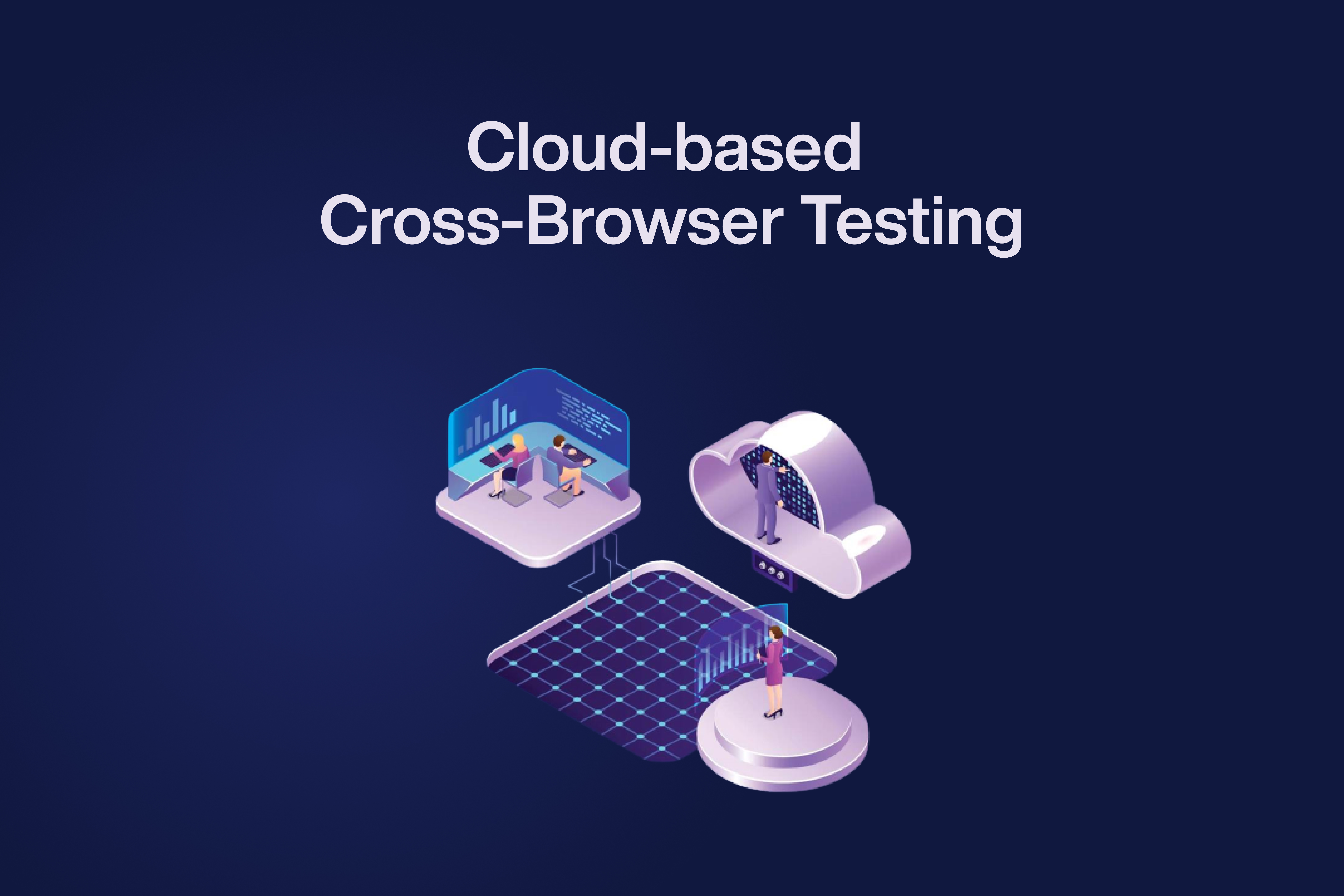Cloud-based cross-browser testing is a method of testing web applications or websites to ensure that they function correctly and appear consistently across different web browsers and operating systems. This type of testing is performed using cloud-based testing services and tools, rather than setting up and managing physical devices or virtual machines locally. Some of the commonly used Cloud-based cross-browser testing tools include Lambdatest, Shells, Browserstack, TestSigma, etc.
Here are the key components and features of cloud-based cross-browser testing:
- Cloud Infrastructure: Cloud-based cross-browser testing relies on remote servers and infrastructure provided by cloud service providers. These services maintain a wide range of virtual machines or real devices with various browser configurations.
- Accessibility: Cloud-based testing services provide access to a vast selection of real web browsers (e.g., Chrome, Firefox, Safari, Internet Explorer) and operating systems (e.g, Windows, macOS, Android, iOS) that users can access remotely. This accessibility is valuable for testing on browser and platform combinations that might not be readily available locally.
- Cross-Browser Compatibility Testing: The primary goal of this testing approach is to ensure that a web application functions correctly and looks consistent across different browsers and their versions. This is crucial because browsers can render web content differently.
- Automation: Most cloud-based testing services support test automation. Test scripts can be written using various programming languages and executed across multiple browser configurations simultaneously. Automation is particularly useful for regression testing and continuous integration.
- Parallel Testing: Cloud-based services allow for running tests in parallel across multiple browser configurations, significantly reducing testing time. This parallelism speeds up the feedback loop in the development process.
- Real Devices: Some cloud-based testing services offer access to real mobile devices, allowing testing of mobile web applications across various devices, screen sizes, and operating system versions.
- Screenshots and Videos: These services often provide features for capturing screenshots and recording videos of test executions. This is beneficial for visual regression testing and documenting issues.
- Debugging Tools: Many cloud-based testing services offer debugging tools and access to browser developer tools. This helps developers diagnose and fix issues directly in the remote testing environment.
- Geolocation Testing: Some services allow you to test your application's behavior in different geographic locations, which is important for applications with location-based functionality.
- Scalability: Cloud-based testing services offer scalability, allowing you to adjust resources to match your testing requirements, which can be especially important for larger projects.
- Security: It's crucial to ensure that the cloud-based testing service you choose meets your security and compliance requirements, especially if you're testing sensitive or proprietary applications.
- Cost Model: These services often charge based on factors like the number of concurrent testing sessions, testing hours, or a subscription model. It's essential to choose a pricing plan that aligns with your testing needs and budget.
Conclusion
Cloud-based cross-browser testing is a convenient and efficient way to ensure that web applications perform as expected on a wide range of browsers and devices. It plays a critical role in maintaining the quality and compatibility of web applications, especially in a rapidly evolving web environment with numerous browser versions and configurations.




